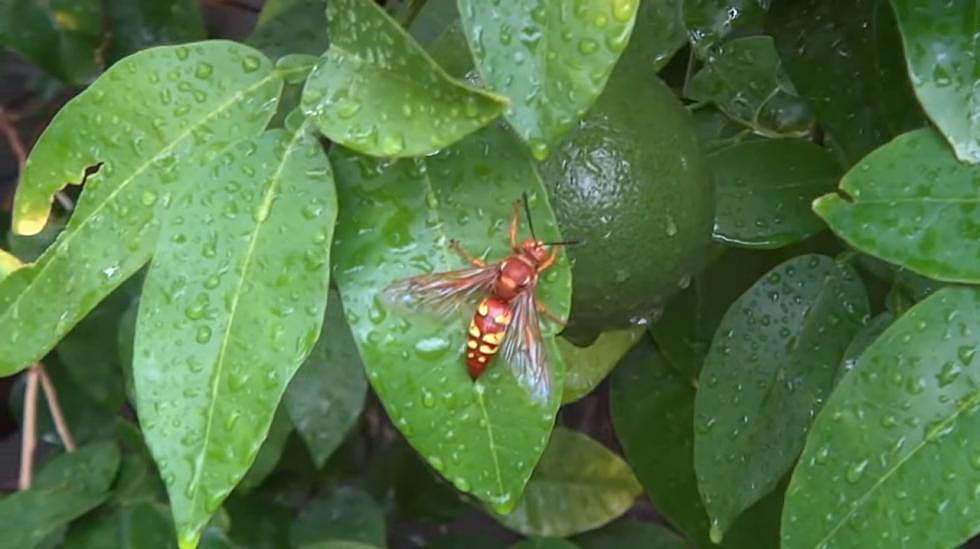
These Killer Wasps Are All Over Boise, Idaho Right Now
Over the last few days, Nextdoor pages all over Boise have exploded with pictures of what people believed to be Northern giant hornets, aka “murder hornets.” While the bugs in these pictures are indeed “killers,” we’ve got some good news.
Perhaps the best news? The fact that they are NOT the invasive species that buzzed through headlines during a news cycle that spurred thousands of conspiracy theories back in 2020. “Murder Hornets” were first spotted in Washington state in December 2019, but 2022 came and went without a single hornet detected for the first time since then. The Washington State Department of Agriculture doesn’t want to say they’re eradicated just yet, but this is an indication that the population is under control. The hornets were never detected in Idaho.

We understand why Boise neighbors might suspect the bugs they’re finding around their pools and gutters are “murder hornets”. These suckers can get pretty big and their stingers look enormous in proportion to the rest of their bodies. They’re “killers” but they’re not after you.
The dead insects people keep sharing photos of are actually a species called Sphecius convallis, better known as a “cicada killer wasp.” According to Idaho Fish and Game, these waps are native to Idaho and have been observed in Ada County. The Smithsonian explains that cicada killers, especially the species native to Idaho, can grow up to two inches and are common in late June and July.
Females use their huge stingers to paralyze cicadas before they eat them or drag them back to their nests as you see in the picture above. Cicada Killers aren’t known to be aggressive toward humans unless you get rough with them. Like yellow jackets, they nest in the ground. They’re often drawn to areas like embankments, seams between sidewalk slabs, lawns, and flowerbeds because cicadas will borrow underground when they’re young.
Wait! We Have Cicadas in Idaho?
We actually wrote about this when the 17-year Brood X cicadas were all over the news in 2021. Someone submitted a question about the famous cicadas to the Idaho National Libratory's “Ask a Scientist” webpage. Ron Patterson from the U of I Extension in Bonneville County took the question and explained that while Idaho wasn’t home to the Brood X or 13-year periodical cicadas, there are cicadas in Idaho. About 21 species to be more precise. They have shorter life cycles, so they’re nowhere near as newsworthy.
And now you know! You don’t have murder hornets. You have killer wasps. Killer wasps that will leave you alone as long as you leave them alone and aren’t a cicada!

